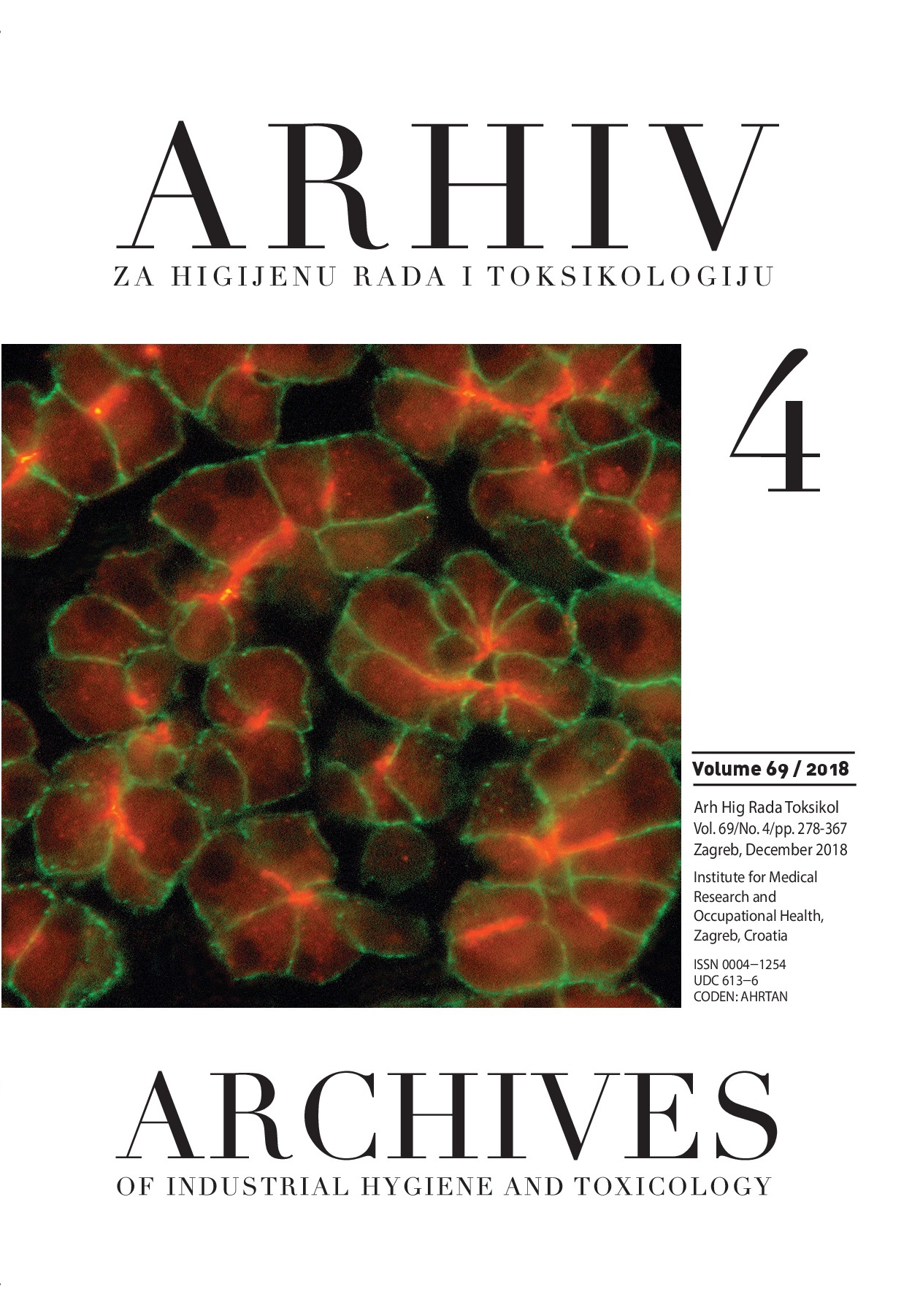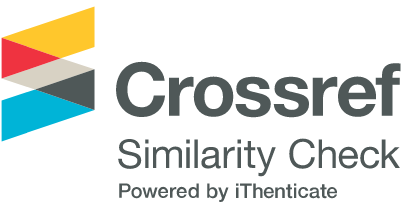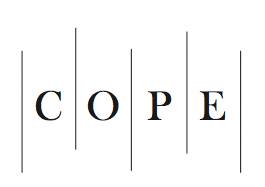Effect of pretreatments on mycotoxin profiles and levels in dried figs
DOI:
https://doi.org/10.2478/aiht-2018-69-3147Keywords:
antimycotoxigenic effect, drying, LC-MS/MS, multi-mycotoxin analysisAbstract
The aim of this explorative study was to investigate how effective drying preservation methods are in reducing mycotoxin content in figs. Dried autochthonous varieties of white and dark figs (Petrovača Bijela and Šaraguja, respectively) were analysed for mycotoxins using an LC-MS/MS “dilute and shoot” method capable of determining 295 fungal and bacterial secondary metabolites. Before drying in a cabinet dryer the figs were preserved with 0.5 % citric acid solution or 0.5 % ascorbic acid solution or 0.3 % L–cysteine solution or 0.2 % chestnut extract solution or 0.15 % Echinacea extract solution by immersion. We found nine metabolites: aflatoxin B1 (AFB1), ochratoxin A, ochratoxin alpha, kojic acid, emodin, altenuene, alternariol methyl ether, brevianamide F, and tryptophol. The most efficient preserver was L-cysteine (15 % reduction), while ascorbic acid favoured mycotoxin production (158 % increase). However, all pretreatment solutions reduced AFB1, which is a major fig contaminant.














